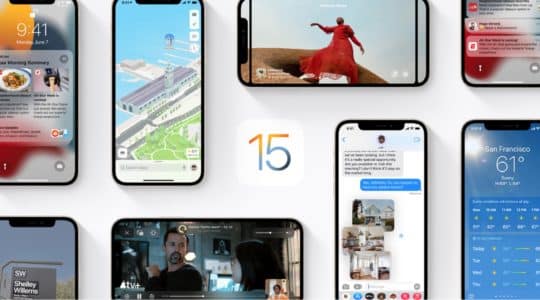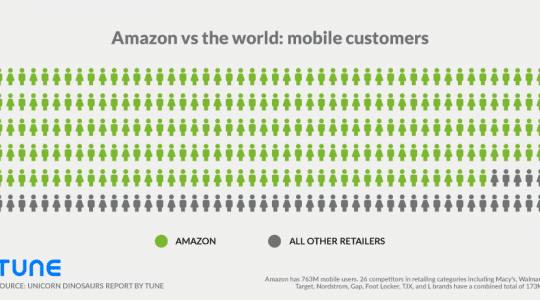In today’s mobile market, there has clearly been a shift toward a demand for greater transparency by publishers. Today at Postback, Stephen Bagdasarian of Fiksu, Bryant Lee of Facebook and George Meredith of Google discussed the changing role of publishers in the mobile market, the shift in LTV as a factor in monetization, and how publishers approach monetization of different properties. The panelists also discussed their take on the attribution landscape specific to mobile and the role of third parties, sharing their best practices as some of the largest mobile publishers in the marketplace.
The panelists both agreed that in order to monetize, it is critical to optimize user acquisition. As Bryant said, “I think from the publisher perspective user acquisition is becoming even more important. Studies are showing that 75% of revenue is coming from in-app purchases, but you need to acquire the user first.” He underscored that it is important to show users both fewer ads and more effective ads, and noted that recent studies show that full screen interstitial ads are more effective than banner ads. As he said, there has been a shift away from quantity towards quality. Additionally, if you are a high quality publisher, you want to be on ad exchanges, you want to be open, and you want high quality traffic. George agreed with this, explaining that at Google it starts with advertisers and how their apps get discovered. Google is also seeing their most savvy advertisers move towards quality instead of quantity. George added that Google wants to make sure that advertisers know exactly what they are getting and that users are also receiving relevant ads served to them. Essentially, they want to help advertisers reach the right users at the right time.
The panelists also discussed the role of the value of users in monetization. Bryant said that it is important to figure out who the most valuable users are and more precisely target them. He explained that advertisers can get much more value by using custom audiences, as you can target these audiences if you have their Facebook user IDs. He also suggested that “getting strategic about how you target audiences will lead to an increase in ROI over time.” George added that targeting adds value, as you can reach more devices. That said, he noted that Google has been slow to adopt measurement standards since “device fingerprinting isn’t the most accurate way to do attribution” and companies may want to measure lifetime value differently depending on how users engage with their app. For example, some users may not engage with an app right away, while other apps may have users that should always engage within a few days.
Bryant said that those who monetize best using Facebook are the ones who are the best at measuring attribution. Additionally, he said they understand the importance of continually updating their creative and leveraging targeted campaigns and custom audiences. He added the most successful advertisers know how to build and test to understand what is working well. Finally, George advised advertisers to look at their data, engage their users and look at cohorts. Not only will this provide more transparency on both sides of the fence, but it will lead towards higher ROIs for both advertisers and publishers.
Watch the full “Postback 2013: Mobile Advertising Platform Players” session below:
Author
Becky is the Senior Content Marketing Manager at TUNE. Before TUNE, she handled content strategy and marketing communications at several tech startups in the Bay Area. Becky received her bachelor's degree in English from Wake Forest University. After a decade in San Francisco and Seattle, she has returned home to Charleston, SC, where you can find her strolling through Hampton Park with her pup and enjoying the simple things in life.




I noticed George said “device fingerprinting isn’t the most accurate way to do attribution.” Isn’t this the technology MAT uses?